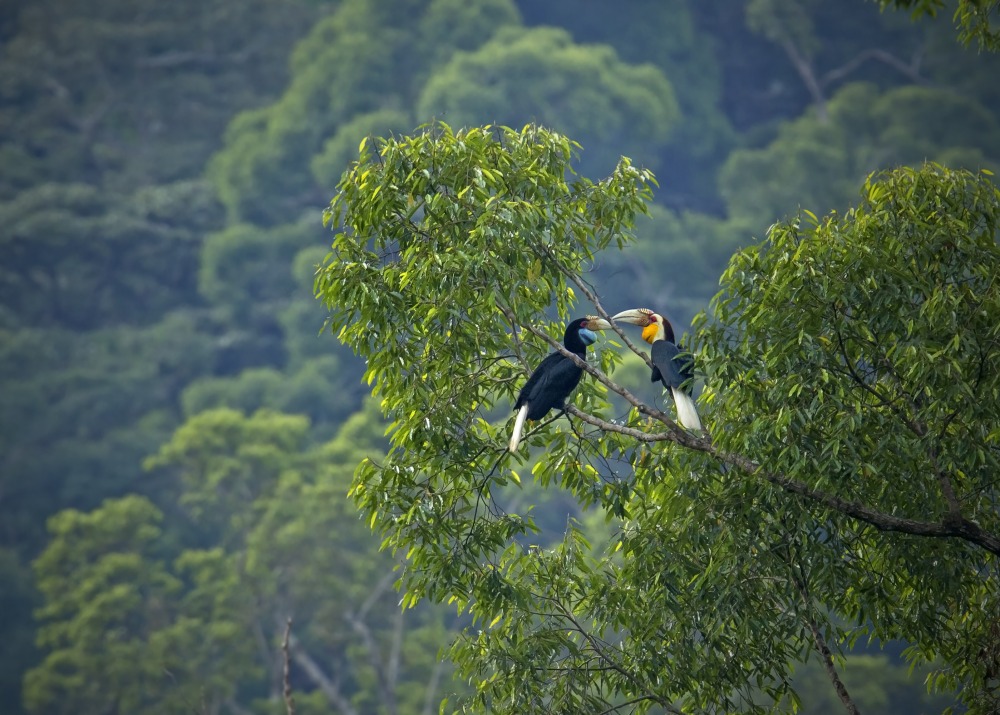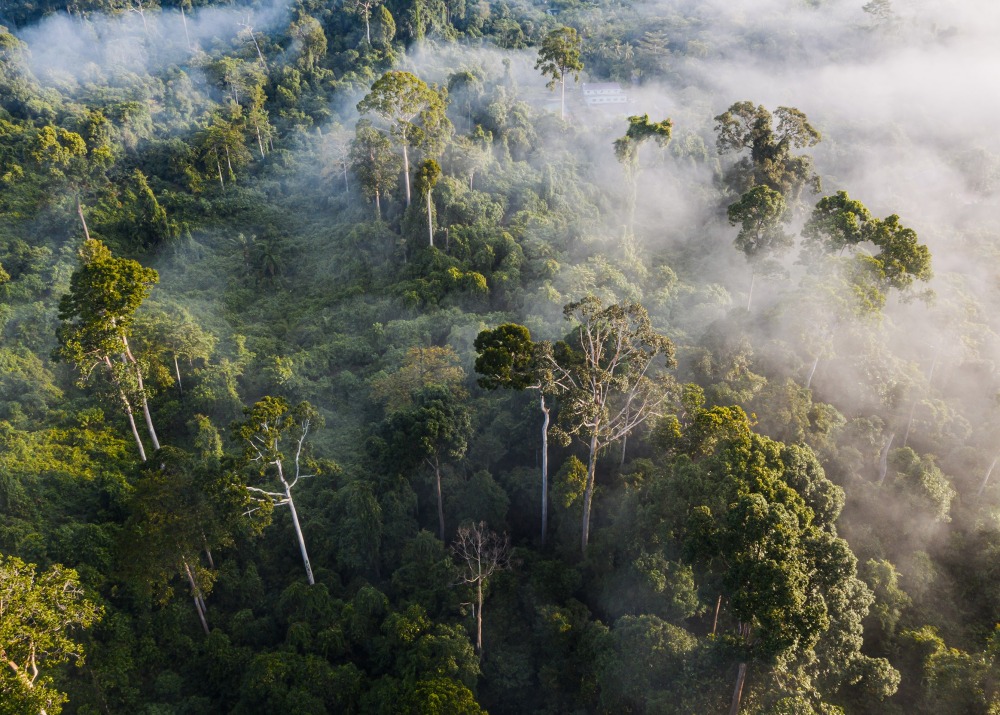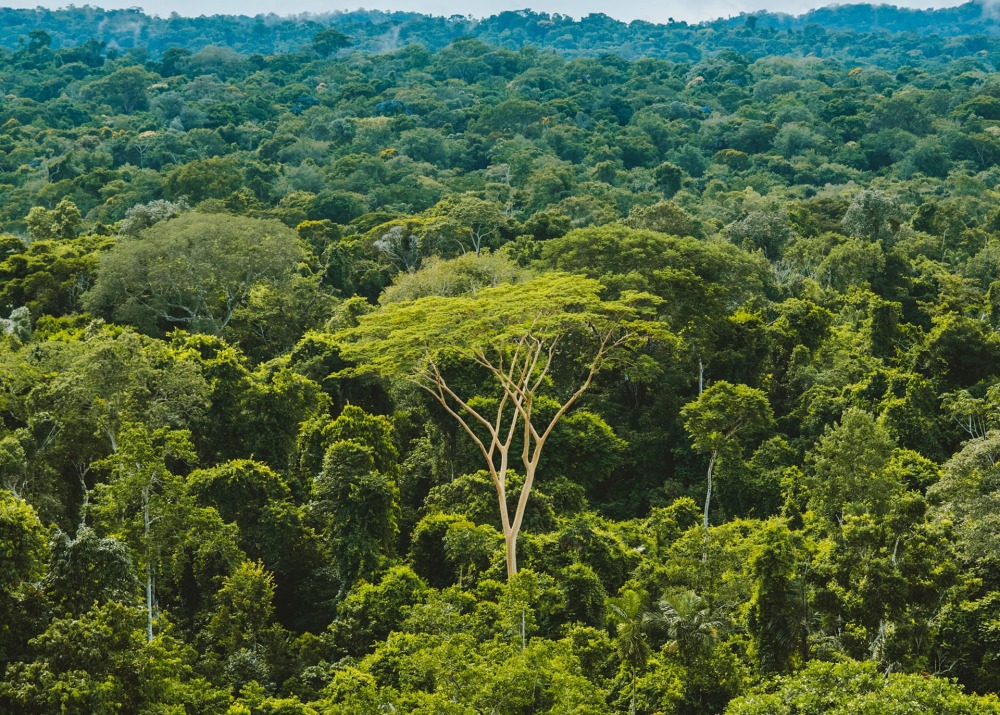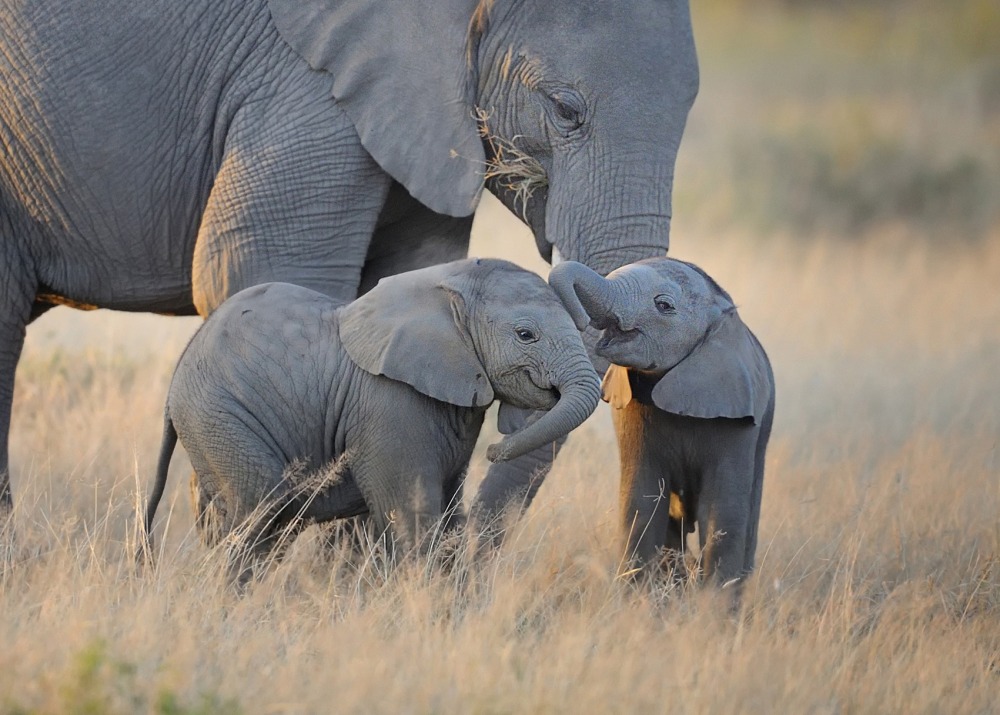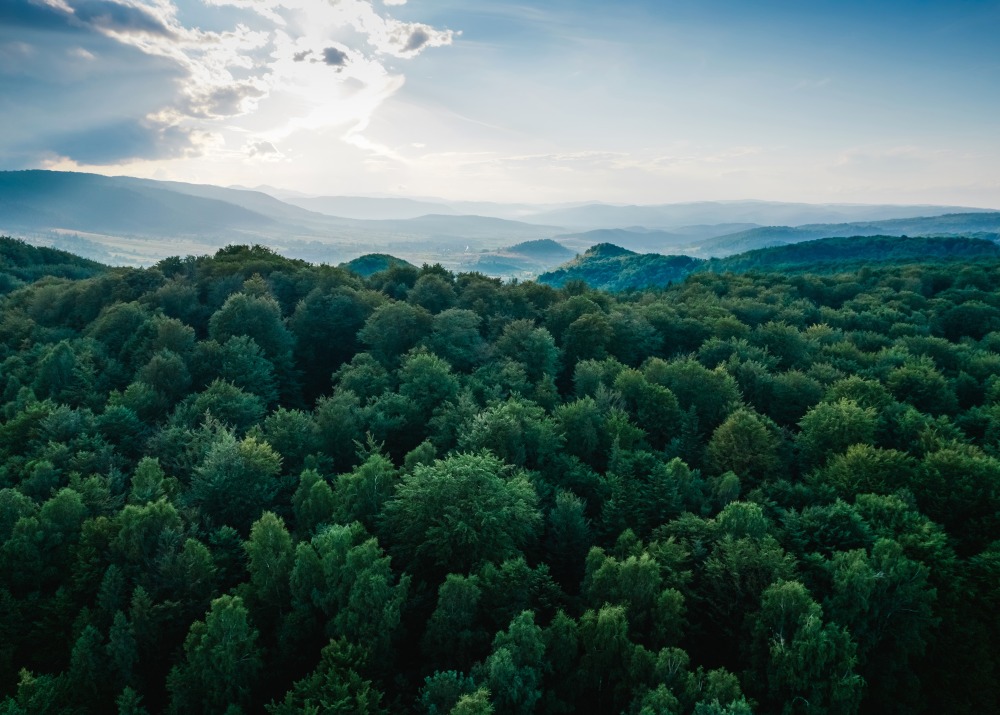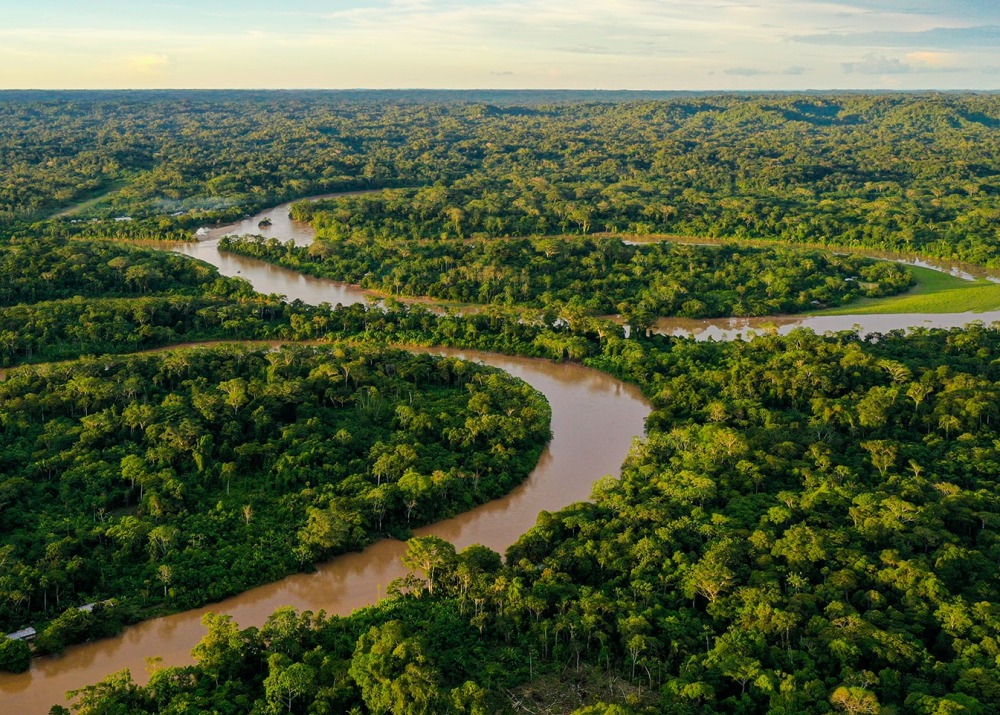2022 Trail Camera Footage Captures Species Around the World in Rare Moments

2022 trail camera footage captures species around the world in rare moments
Rainforest Trust and its Partners Conserve and Protect More than 40 Million Acres Worldwide and More than Two Thousand Species
Through 2022, Rainforest Trust and its partners have conserved more than 43.4 million acres around the world. Included in the land conservation is 2,300 species and 50.4 billion trees conserving more than 9.9 billion metric tons of carbon. Rainforest Trust and its partners shared some of the best camera trap footage from the year, collected from field work to conserve rainforest habitat and the species that rely on these landscapes.
“While we work with partners around the globe to conserve and protect critical land including rainforests and forests, arid regions, marine and other areas that are important to mitigating climate change, Rainforest Trust also protects important wildlife habitat and migratory routes,” said Rainforest Trust CEO James Deutsch. “The land is essential to the indigenous people and animals living on it. By protecting it, we’ve also been able to protect a large number of species.”
As such, Rainforest Trust and its partners’ scientists and land conservation experts regularly catalogue newly discovered species and sometimes discover species previously thought to be extinct. Over the past year, Rainforest Trust released information on the discovery and naming of three new frog species. One, discovered in Panama was named after climate activist Greta Thunberg (Pristimantis gretathunburgae); another in Ecuador was named after Rainforest Trust supporter and actor Seth MacFarlane (Hyloscirtus sethmacfarlanei) and another, a glass frog in Ecuador (Hyalinobatrachium nouns) named after the block-chain based organization Nouns DAO that helped fund conservation work.
In celebration of the rare and often unseen animals within critically important conservation areas, Rainforest Trust released this video:
Animals in the video, in order of appearance:
Puma
In Brazil, Rainforest Trust partner Associação dos Amigos do Meio Ambiente (AMA) captured camera trap footage of two roaming Puma (Puma concolor). Primarily solitary animals, Puma have a large range, running through both North and South America. This expansive territory contributes to the variety of common names the species has inherited–including “Puma,” “Cougar,” “Panther” and “Mountain Lion.” Aside from humans, Puma have one of the largest ranges of any terrestrial mammal within the Western Hemisphere, with the territory of an individual cat averaging 30 to 125 square miles. These cats have an athletic, muscular build with large paws and sharp claws, and excellent jumping abilities.
The pair were spotted within the proposed Araucaria Forest Reserve, where Rainforest Trust is working with AMA to protect habitat for Puma and the Endangered Vinaceous-breasted Amazon (Amazona vinacea) and Red-spectacled Amazon (Amazona pretrei). The Araucaria moist forests of Santa Catarina are a critical region within the Atlantic Forest. Over the last 70 years, these forests have been degraded from unsustainable agricultural expansion and cattle grazing. Only 3% now remain in Brazil.
Giant Anteater, Jaguar with camera box
Thanks to Rainforest Trust partner Fundacion de Conservacion Jocotoco and a National Geographic photographer, an anteater and jaguar were captured on camera in the Rio Canandé Reserve in Ecuador.
Bush Dogs
In Ecuador, Rainforest Trust partner EcoMinga captured rare footage of Bush Dogs. This species of small mammal native to eastern Central America and northern South America, with a range extending south to Paraguay or northeastern Argentina, is rarely caught on camera, even within their native range. Excellent hunters and strong swimmers, these animals have webbed feet and a body size and shape well suited for life on the forest floor.
Indian Leopard
In India, Rainforest Trust partner Applied Environmental Research Foundation (AERF) captured footage of an Indian Leopard (Panthera pardus fusca). The Indian Leopard is a subspecies of Leopard distributed throughout the Indian subcontinent. The pattern of rosettes is unique to each individual, and fur colors range from yellowish brown to pale cream or gray.
Sumatran Tiger
In Indonesia, Rainforest Trust partner Forum Konservasi Leuser (FKL) captured footage of a Sumatran Tiger and her cubs walking through the forest. Sumatran Tigers are native to Southeastern Asia and are the smallest tiger subspecies. The stripes of a Sumatran Tiger appear closer together than other subspecies’ and individual tigers can often be identified by markings on their foreheads.
Pygmy Hippopotamus
In Liberia, Rainforest Trust partner Wild Chimpanzee Foundation captured footage of Endangered Pygmy Hippopotami (Choeropsis liberiensis). The Pygmy Hippopotamus looks similar to its larger relative, but differs in behavior and several physical characteristics. Smaller in size, these mammals also spend less time in water and are known to be more shy or elusive. The top layer of a Pygmy Hippo’s skin is smooth and thin to help keep cool in a humid rainforest environment. However, this skin can also dehydrate quickly in the sun. To ward off dehydration, the Pygmy Hippo’s skin oozes out a pink fluid, similar to beads of sweat, that give a shiny, wet appearance. This liquid, known as “blood sweat,” helps to protect this animals’ sensitive skin from sunburn.
Marbled Cat
Also in Indonesia, Rainforest Trust partner Forum Konservasi Leuser (FKL) captured footage of a Marbled Cat (Pardofelis marmorata). The Marbled Cat is known to occur throughout Southeast Asia, from south of the Himalayan foothills to Borneo, Malaysia and Sumatra. This species is poorly studied, but Marbled Cats are known to be excellent climbers and are thought to be primarily diurnal.
Black Jaguar, Mountain Tapir
In Ecuador, Rainforest Trust partner EcoMinga captured rare footage of Mountain Tapirs and a Black Jaguar.
The Black Jaguar (Panthera pardus) is a rare, mysterious animal, with a coat of black fur and black spots. These cats live in a variety of habitats, with a range extending into North America, down to Central and South America. These mammals are rarely seen, and very rarely caught on camera. The footage captured by EcoMinga provides valuable insight into the behavior and ecology of the species.
The Endangered Mountain Tapir (Tapirus pinchaque) is the smallest of the four tapir species, found in cloud forests of the Andes Mountains in Colombia, Ecuador and Peru. Like other species of tapir, these animals are highly aquatic and often swim, wallow in mud, or walk along rivers and streams. They have poor eyesight, but use their sense of smell to sniff their way through the forest to locate food or avoid danger. Fewer than 2,500 Mountain Tapir are estimated to remain in the wild.
These sightings and the associated study conducted by EcoMinga highlight the importance of the Candelaria and Machay reserves, empowering local activists committed to the conservation of a highly diverse area in a human-dominated landscape. It is expected that these results will serve as a starting point for establishing a participative, landscape-scale monitoring network promoting the involvement of conservationists and private stakeholders.
Lemur, various species
In Madagascar, partner Madagasikara Voakajy captured footage of various Lemur species within Mangabe Reserve. Native to Madagascar, with a pointed snout and long tail, there are more than 100 different species of lemur. These animals are one of the world’s most endangered groups of mammals.

Sign up to receive the latest updates
"*" indicates required fields


